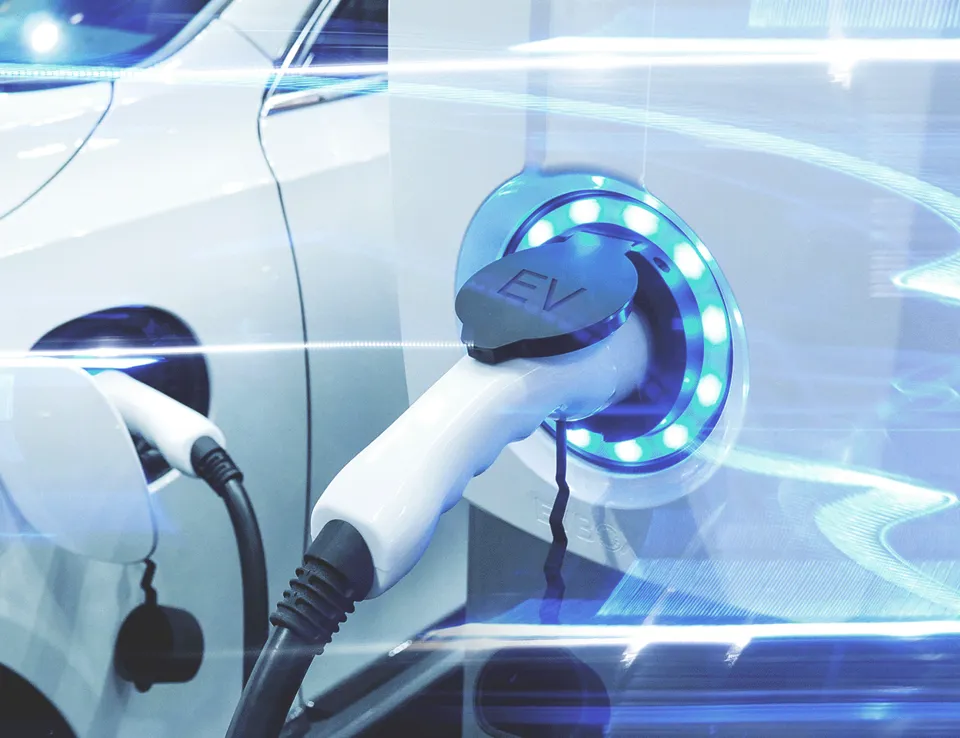Are software defined vehicles the future of personal transport?
In a future where electronic and autonomous vehicles are the norm, how do OEMs differentiate their products from that of their competitors, especially as they consider significant pressures and squeezed margins?
Several common themes appear in the strategies of prominent OEMs as they try to differentiate their offer to increasingly savvy consumers and meet the legislative requirements associated with decarbonisation:
-
Advanced Driver Assistance Systems and autonomous features: more capable levels of automated driving
-
Infotainment: delivering the most exciting and seamlessly integrated user experience
-
Battery technology: offering longer range, faster recharging and lower cost, with solid state batteries being the next frontier
-
A 360-degree ecosystem that offers a reliable and seamless charging experience
Although styling, interior materials and build quality have value in creating differentiation, the industry consensus is that future consumers are less likely to care about horsepower than they are about digital excitement.
Therefore, the concept of a software defined vehicle has the potential to provide the foundation for OEMs to differentiate through software. The ‘software defined vehicle’ term is sometimes used in the industry to convey different ideas, for example to indicate different levels of vehicle connectivity and updatability. However, the essence of the concept is to use software to fundamentally alter the attributes of a vehicles post-production and change consumer experience - i.e. changing the vehicle's capabilities, performance or user experience purely through software.
The software defined vehicle is key in addressing future consumer demands that may have not been conceived yet, effectively inventing the future and providing features that excite and delight.
An important but often overlooked factor when determining features that excite and delight consumers, is not to treat all consumers the same. Consumer segmentation that goes beyond demographics is important put adds complexity – for example, the needs of a family living in an urban centre is different to the needs of a similar family living in the suburbs. A software defined vehicle can address the needs of different consumers through software customisation.
Ultimately, a software defined vehicle presents a challenge for traditional OEMs, as it requires a focus on software, a change of culture and processes and investment in pre-fitting hardware to support future innovation.
The software defined vehicle transformation will be a trend for the next 5-10 years. Through evaluation, evolution and agile forward planning OEMs can benefit from finding a suitable path to navigate.
The good news is that there’s still low hanging fruit, de-risking strategies and migration paths that can be taken to ensure they arrive at their destination in the most effective way.
A blog by David Abdulmasih









